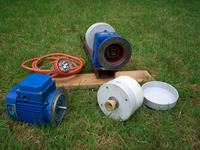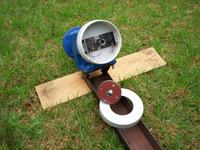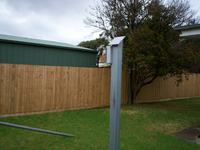hinakadevalec
Newbie level 2

I want to design dual axis solar tracker using LDR/photosensor with microcontroller .i m having solar panel of 1kw capacity. there are total 5 panel each having 252w .total weight of structure is also very high near about 300kg. so please suggest me the required mechanical structure to rotate the panel and provide me information regarding complete circuit for tracker circuit using sensor and microcontroller.at presently image can not attached herewith.





